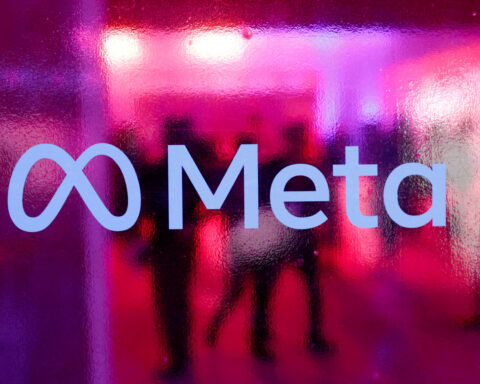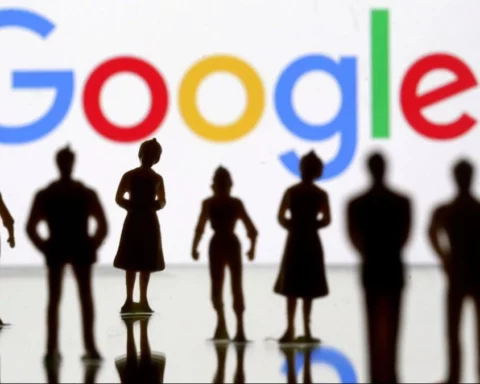For multiplex operators such as PVR, promoting movies on social media adds 4% to cinema hall occupancies and about 1012% to revenue. Producers including Mahesh Bhatt are focusing on social media, especially for niche films like ‘Citylights’, which was released in May. For this movie, they spent Rs 4.5 crore on marketing in the tradi tional media versus a few lakh rupees on social media. Going ahead, Bhatt would rather choose the social medium to amplify the message. “Looking back, we shouldn’t have spent so much money on traditional media,” says Bhatt.
Traditional forms of advertising for movies are being supplemented with social media promotions, says film critic Taran Adarsh. “Youngsters are glued to social platforms and at times, it makes a lot of sense for filmmakers to announce and share details of their movies on social media instead of engaging offline with a limited number of fans as well as multiple distributors.” Adarsh himself uses the medium to tweet weekly movie earnings.
Earlier this year, Salman Khan’s fans received personalised posters directly from his account (@BeingSalmanKhan) during the launch of Jai Ho. Pratiksha Rao, entertainment partnerships manager at Twitter India, says the company has creative coordination with various partners from the film industry and provides technology innovation to execute these projects.
“The platform brings people closer to their interests and it is becoming increasingly important for Bollywood partners to discuss their movies on Twitter first,” says Rao. She adds that actors have revealed their movie character names on Twitter first, along with the trailers, creating a buzz on the subject. Another factor is the craving by movie fans for personal conversations with actors, which a live medium allows.
“Marketing a movie requires copious amounts of research and if executed well, a movie that has been engaging on social media can draw traffic to the cinemas, says Anirban Das Blah, MD of CAA Kwan, a celebrity management firm. “It’s often the most effective medium and gives a great return on investment since it costs very little compared to traditional forms of movie promotions. It is just a supplementary cost to the entire marketing budget,” he says.
Production houses are increasing their budgets for social media spending. “Until a year ago, online marketing budgets were restricted to 5-10% of the entire spend, but now they are up to 20%, which includes social media and creating shoulder content created especially for the online medium for audiences to engage in,” says Shikha Kapur, chief marketing officer at Fox Star Studio, which has upcoming 
User engagement on social media that leads to purchases via movie ticket booking websites can be tracked in the virtual world, unlike trying to figure out how many people decided to watch a film after seeing a print or TV ad.
Film exhibitors such as PVR made the first move towards tapping the power of social media, which has been followed aggressively by production companies. And it isn’t just Bollywood. Even in the south, filmmakers are actively using the medium. Pramod Arora, group president of PVR Ltd, says since exhibitors have a strong database of film viewers, they are very well placed to leverage social media.”PVR created a booking engine on its Facebook page, which directly leads people into booking tickets. The ROI from social media can be as high as 55%.”
Arora adds that there are about 900 films produced in India each year and the top 10% collect 90% of the total revenue. “While the top 10% films do well irrespective of any efforts, the remaining 90% have to be promoted well in order to get best returns and social media plays a very crucial role,” Arora explains.
Success isn’t always guaranteed. After spending almost 50 lakh on social media, ‘Humshakals’, a recent Bollywood release made on a budget of 80 crore, failed to enthrall audiences.
A genre of niche films in Bollywood is also being promoted on social networks. Ranjan Singh, head of marketing at Phantom Films, co-founded by Anurag Kashyap and Vikramaditya Motwane, says the company is releasing an 82-minute documentary about power theft – ‘Katiyabaaz’ — this Friday. “Since it was a limited-release film for a select kind of audience, we decided to promote and create the required buzz on the social media,” says Singh. The company spent 8 lakh on social media initiatives, including releasing trailers on YouTube and live chats with the makers of the film on Facebook and Google Hangouts.





